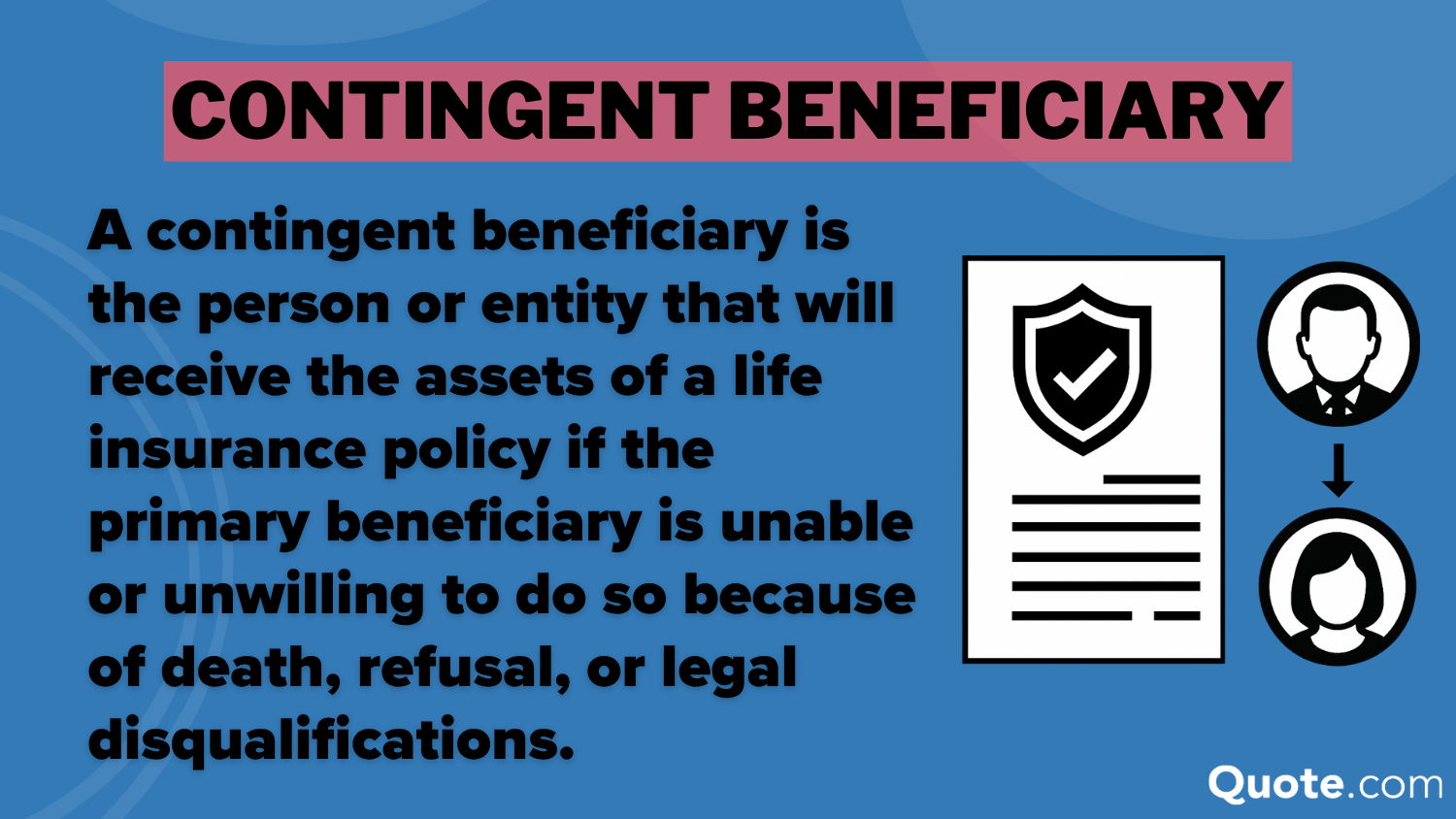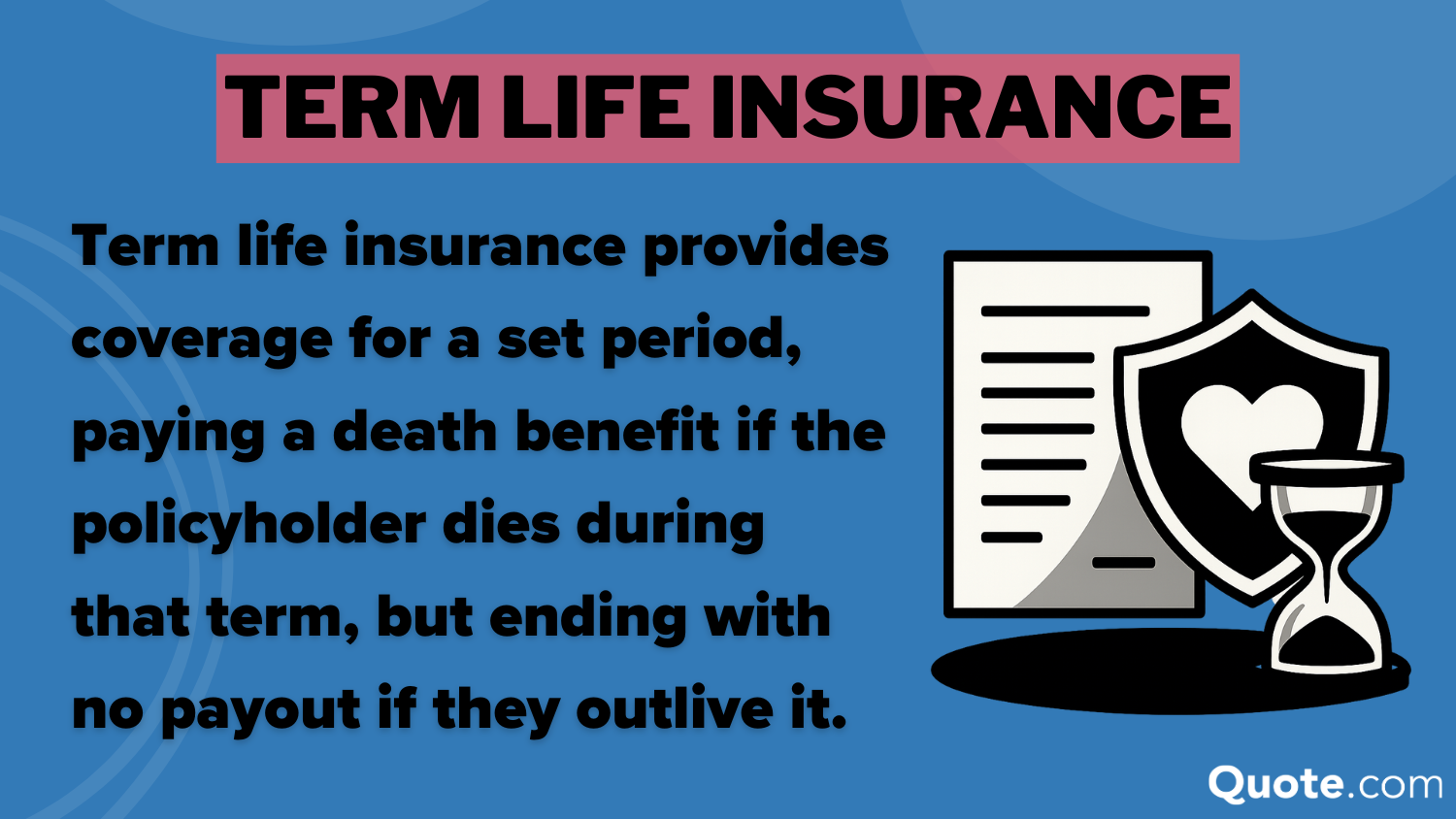 Post
PostBest Life Insurance for Children in 2025
Guardian, MassMutual, and Northwestern Mutual have the best life insurance for children starting at just $3 a month, offering plans with cash value growth and......
Secured with SHA-256 Encryption





 Post
PostGuardian, MassMutual, and Northwestern Mutual have the best life insurance for children starting at just $3 a month, offering plans with cash value growth and......
 Post
PostState Farm has the best life insurance for veterans, with its guaranteed annual cash value growth for military retirees. Protective Life offers the most affordable......
 Post
PostLife insurance riders attach additional protections to a term or whole policy. Popular types of riders in insurance include living benefits, accidental death payouts, and......
 Post
PostThe leading providers for the best life insurance for seniors are Aflac, Fidelity Life, and Liberty Mutual, with term plans starting around $80 a month......
 Post
PostFidelity Life, State Farm, and Nationwide offer the best life insurance for young adults. Fidelity Life skips medical exams for qualified applicants through its RAPIDecision......
 Post
PostIf your primary beneficiary is unable to receive life insurance benefits as stated in your policy, you can designate a contingent beneficiary to receive assets.......
 Post
PostIf you have term life insurance and outlive your policy, return of premium (ROP) life insurance riders refund every premium you paid. Unlike traditional term......
 Post
PostState Farm, MassMutual, and Nationwide have the best no-exam life insurance options that eliminate medical testing for faster approval. State Farm uses accelerated underwriting to......
 Post
PostThe best term life insurance companies are State Farm, MassMutual, and Nationwide. State Farm stands out as the overall top pick thanks to its 699/1,000......
 Post
PostIf you’re looking for the cheapest life insurance companies, Liberty Mutual, AAA, and Nationwide stand out with rates starting around $24 per month. Liberty Mutual......
 Post
PostThe top providers for the best instant life insurance are State Farm, Mutual of Omaha, and Erie, because of their proven strength in fast approvals......
 Post
PostCash value life insurance offers permanent coverage with a built-in savings account that grows through interest or investments, making it a powerful financial planning tool.......
 Post
PostWhole life insurance is permanent coverage that lasts a lifetime as long as premiums are paid, ensuring a guaranteed payout to beneficiaries. It differs from......
 Post
PostThe cheapest million-dollar life insurance starts at just $25 per month with Pacific Life, Prudential, and MassMutual, backed by strong financial stability. Pacific Life keeps......
 Post
PostThere are several factors to consider when deciding how much life insurance you need, including your annual income, unpaid debts, and the number of dependents......
 Post
PostThe main types of life insurance are term, whole, universal, variable, variable universal, final expense, and group insurance. Term life is most popular for affordability,......
 Post
PostThe reasons to buy life insurance often come down to protecting your family, covering expenses, and building long-term financial security. Life insurance ensures that loved......
 Post
PostTerm life insurance provides simple, affordable financial protection during your family’s most critical years. Policies typically last 15-30 years, offering flexibility for different life stages......
 Post
PostThe average cost of life insurance varies depending on the policy type, age, health, and more. A 20-year term life insurance policy may start as......
 Post
PostHow you get life insurance quotes begins with assessing your coverage needs, such as replacing income or paying debts. You should then compare the best......
Insurance rates change constantly — we help you stay ahead by making it easy to compare top options and save.
Enter your zip code below to view companies that have cheap insurance rates.
Secured with SHA-256 Encryption